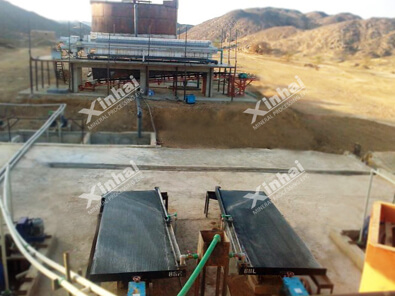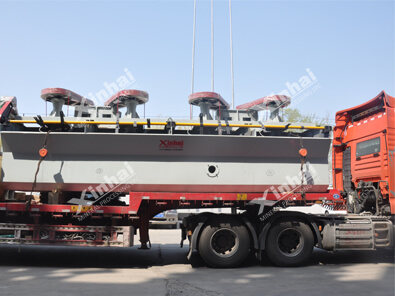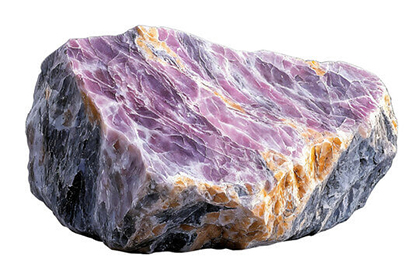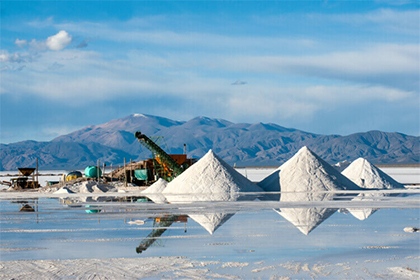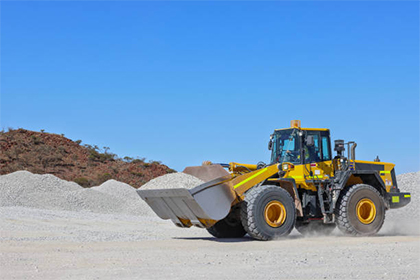What Is the Process of Antimony Beneficiation?
 Laura
Laura
 Apr 02, 2025
Apr 02, 2025
 105
105
If you want to know more details about equipment, solutions, etc, please click the button below for free consultation, or leave your requirements!
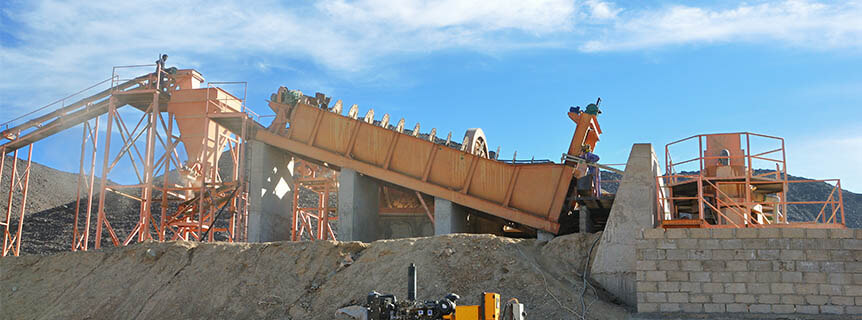
A beneficiation plant in operation
Antimony, a lustrous metalloid with critical industrial applications, is a cornerstone of modern manufacturing. From flame retardants in electronics to hardening agents in lead batteries, antimony’s versatility is unmatched. However, before this element can power our world, it must be extracted and refined from its raw ore through a process called beneficiation. This easy-to-read guide explains the crushing, grinding, and separation steps of antimony beneficiation.
01 What Is Antimony?
BackAntimony (Sb) is a brittle, silvery-white element found primarily in minerals like stibnite (Sb₂S₃) and valentinite (Sb₂O₃). Its unique properties make it indispensable for:
a. Flame Retardants: Added to plastics, textiles, and electronics.
b. Lead-Acid Batteries: Strengthens lead grids.
c. Alloys: Enhances hardness in materials like pewter and solder.
d. Chemicals: Used in pigments, glass, and semiconductors.
With global production dominated by China (80%), Russia, and Tajikistan, antimony’s extraction and refinement are vital to meeting industrial demand.
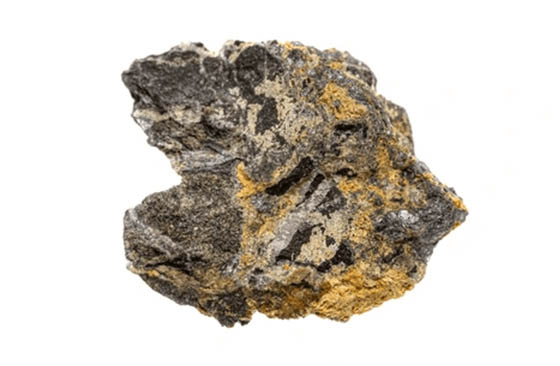
antimony ore picture
02 What Is Antimony Beneficiation?
BackBeneficiation refers to the process of separating valuable minerals from raw ore. For antimony, this involves crushing, grinding, and concentrating the ore to increase its antimony content while removing impurities like quartz, iron oxides, and arsenic. The final product—antimony concentrate—is then smelted into pure metal.
03 What Is Antimony Beneficiation Process? Step-by-Step
Back1. Mining and Ore Preparation
Antimony ore is typically extracted via open-pit mining (for shallow deposits) or underground mining (for deep veins).
Hand Sorting: High-grade stibnite ore (30–60% Sb) is manually separated from waste rock at the mine site. This reduces processing costs and improves efficiency.
Ore Transportation: Raw ore is transported to processing plants via trucks or conveyors.
2. Crushing and Grinding
Goal: Liberate antimony minerals from gangue (waste rock) by reducing ore size.
Primary Crushing: Jaw crushers break large rocks into 5–10 cm pieces.
Secondary Crushing: Cone crushers further reduce ore to 1–2 cm.
Grinding: Ball or rod mills pulverize the ore into fine particles (0.1–0.3 mm).
Why It Matters: Smaller particles expose more surface area, making subsequent separation steps more effective.
3. Gravity Separation
Principle: Uses density differences to separate heavy antimony minerals from lighter gangue.
Tools: Shaking tables, jigs, or spiral concentrators. (Learn more about gravity separation equipment)
Process:
Ore slurry is fed onto a shaking table.
Vibrations and water flow separate dense antimony particles from lighter waste.
Concentrate (40–60% Sb) is collected, while tailings are discarded.
Pros:
Low cost and minimal chemical use.
Ideal for coarse, high-grade ores.
Cons:
Less effective for fine particles.
Recovery rates: 60–75%.
4. Froth Flotation
Principle: Uses chemicals to make antimony particles hydrophobic (water-repellent), allowing them to attach to air bubbles.
(More about flotation equipment)
Steps:
Conditioning:
Add collectors (e.g., xanthates) to bind to antimony surfaces.
Frothers (e.g., pine oil) stabilize air bubbles.
Depressants (e.g., lime) suppress unwanted minerals like pyrite.
Flotation:
Air is pumped into flotation cells, creating bubbles.
Antimony particles rise with bubbles to form froth.
Froth is skimmed off and dried into 45–60% Sb concentrate.
Tailings Management:
Waste slurry is stored in lined ponds to prevent environmental contamination.
Pros:
High recovery rates (85–95%).
Effective for low-grade or complex ores.
Cons:
Chemical-intensive process.
Requires skilled operation.
5. Smelting and Refining
Goal: Convert antimony concentrate into pure metal.
Smelting:
Concentrate is mixed with carbon (coke) and heated in a furnace to 1,000–1,200°C.
Refining:
Oxidation: Air is blown through molten antimony to remove arsenic.
Electrolysis: Produces 99.9% pure antimony for high-tech applications.
Output:
Crude Antimony: 95–98% pure (used in alloys).
Refined Antimony: 99.9% pure (for electronics and chemicals).
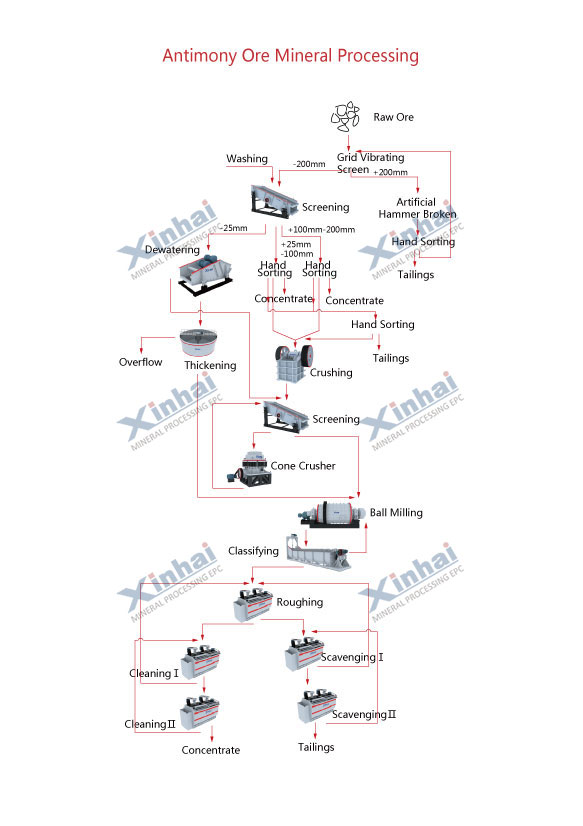
antimony ore process flow
04 Challenges in Antimony Beneficiation
Back1. Complex Ore Composition
Arsenic Contamination: Common in stibnite ores, requiring additional refining steps.
Fine Particles: Hard to recover via gravity separation, necessitating flotation.
2. Environmental Concerns
Toxic Tailings: Flotation chemicals and heavy metals can leach into groundwater.
SO₂ Emissions: Smelting releases sulfur dioxide, contributing to acid rain.
3. Economic Viability
Declining ore grades (often <2% Sb) raise processing costs.
Market volatility affects profitability.
05 The Future of Antimony Beneficiation
BackAs industries demand greener materials, antimony beneficiation is evolving:
1). AI-Driven Optimization: Sensors and machine learning improve flotation efficiency.
2). Circular Economy: Recycling rates for antimony could exceed 50% by 2030.
3). Stricter Regulations: Emissions caps and water recycling mandates push innovation.
06 FAQs About Antimony Beneficiation
BackQ: Why is stibnite the preferred antimony ore?
A: Stibnite has high antimony content (up to 71%) and responds well to flotation.
Q: Can antimony be extracted without smelting?
A: Yes! Hydrometallurgical methods (acid leaching) are emerging but remain niche.
Q: How is waste managed in antimony processing?
A: Tailings are stored in sealed ponds, while SO₂ is converted to sulfuric acid for reuse.
Q: Is antimony mining ethical?
A: Concerns exist over labor practices in some regions, driving demand for certified “clean” antimony.
07Conclusion
BackThe antimony beneficiation process transforms raw ore into a metal that’s essential for fire safety, energy storage, and advanced manufacturing. From gravity separation to cutting-edge bioflotation, each step balances efficiency, cost, and environmental impact. While challenges like declining ore grades and emissions persist, technological advancements promise a sustainable future for this critical element.
Feel free to contact us and learn more about antimony solutions. Or leave a message and we will reply to you soon!
 +86 18716000713
+86 18716000713 xlyin@xinhaimining.net
xlyin@xinhaimining.net



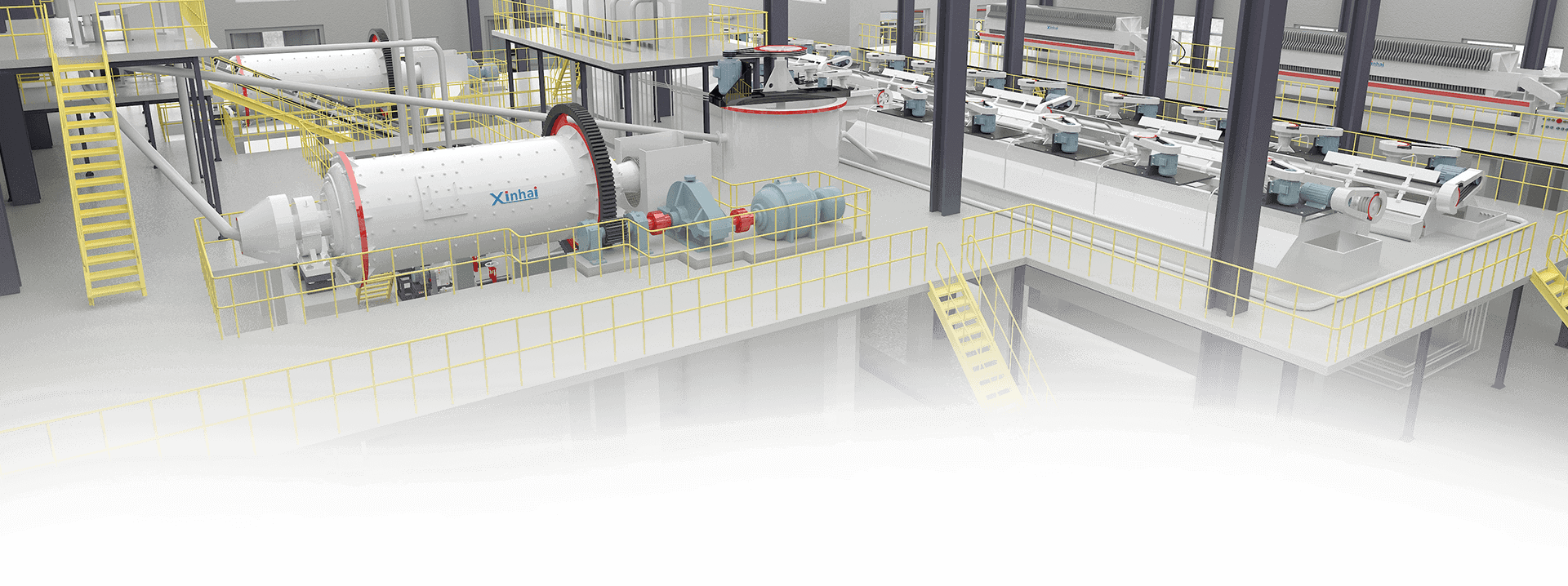
 Message
Message Chat Now
Chat Now


